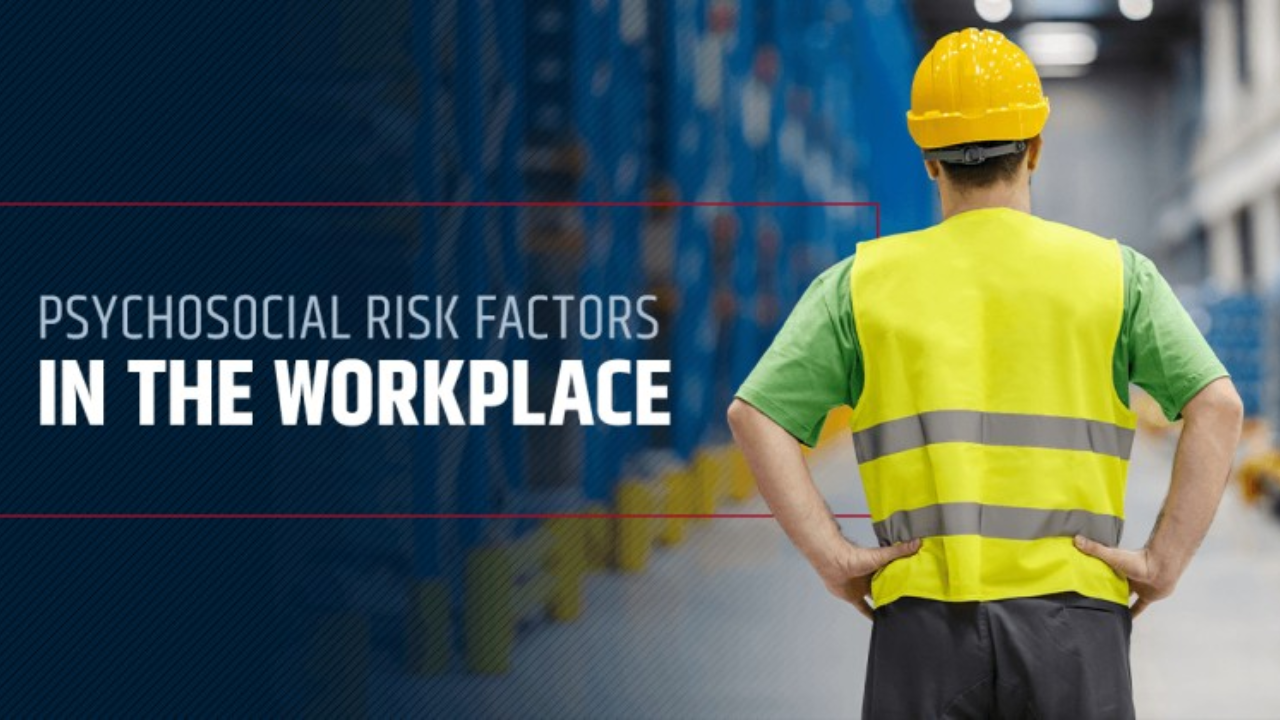
Introduction
As Latin America continues to urbanize and expand its service economy, office work has become the norm for millions of professionals. However, while modernization brings progress, it also introduces new and often invisible challenges—notably psychosocial risk factors in the workplace. These include stress, burnout, workplace harassment, job insecurity, poor work-life balance, and inadequate recognition.
This article explores the scope, causes, and consequences of psychosocial risks in Latin American office environments, supported by case examples, data, and actionable solutions for organizations, HR departments, and policymakers.
🔍 Overview Table: Key Psychosocial Risk Factors in Offices
| Risk Factor | Common Manifestation | Workplace Impact | Region Example | Prevention Strategy |
|---|---|---|---|---|
| Work Overload | Excessive hours, unrealistic goals | Burnout, absenteeism | São Paulo, Brazil | Task rotation, clear workload caps |
| Role Ambiguity | Conflicting job expectations | Low morale, anxiety | Lima, Peru | Clear job descriptions, training |
| Lack of Autonomy | Micromanagement, rigid structures | Resentment, low motivation | Bogotá, Colombia | Empowerment, flexible work policies |
| Harassment or Bullying | Verbal abuse, exclusion | Emotional distress, turnover | Mexico City, Mexico | Anti-harassment policies |
| Job Insecurity | Contract instability, layoffs | Chronic stress, disengagement | Buenos Aires, Argentina | Transparent HR communication |
| Poor Work-Life Balance | Long hours, no breaks | Family conflict, health issues | Santiago, Chile | Remote work options, right to disconnect |
Understanding Psychosocial Risks in Office Settings
Psychosocial risks refer to those aspects of work design, organization, and interpersonal relationships that can negatively impact an employee’s psychological or physical health. Unlike physical hazards, these stressors are often unseen and highly subjective, yet deeply damaging if ignored.
Latin America presents a unique setting for psychosocial risks, shaped by:
- Fast-paced economic transitions
- Cultural attitudes toward hierarchy and authority
- High levels of informal employment and job instability
- Weak labor enforcement in some regions
Key Risk Areas in the Latin American Office
1. Workload and Time Pressure
In many urban Latin American offices, employees are expected to deliver more in less time, often with limited resources. Overwork is normalized, and “presenteeism” (being physically present but mentally drained) is widespread.
2. Unclear Roles and Expectations
In companies without well-defined structures, employees often face conflicting instructions from managers or are left uncertain about their responsibilities. This ambiguity creates stress and job dissatisfaction.
3. Limited Decision-Making Autonomy
A strong top-down approach in management can stifle employee innovation and autonomy. Workers feel powerless when they can’t influence how they perform their tasks.
4. Interpersonal Conflicts and Harassment
Power distance and machismo culture in some regions can lead to tolerance of bullying, exclusion, or sexual harassment, especially toward women or LGBTQ+ employees.
5. Job Insecurity and Precarious Employment
The rise of contract work and outsourcing has led to fewer job guarantees, impacting mental well-being and financial stability.
6. Work-Life Imbalance
Long commutes in cities like São Paulo or Bogotá, coupled with unpaid overtime, reduce time for rest, family, or self-care, leading to emotional exhaustion.
Case Snapshots from the Region
Argentina
A 2024 national study found that 38% of office workers in Buenos Aires experience “high emotional fatigue,” linked to economic uncertainty and role ambiguity in startups.
Mexico
Despite a booming tech sector, a survey by the Mexican Institute of Social Security revealed that 74% of office employees reported feeling stressed at work, with many citing lack of recognition and toxic management.
Chile
A public-sector initiative introduced a “mental health index” across government offices, measuring perceived stress, workload, and conflict, resulting in policy-driven changes in working hours and feedback systems.
Organizational Solutions and Preventive Measures
To address psychosocial risks effectively, organizations need a multi-pronged approach:
A. Risk Assessments and Surveys
Regularly assess workplace mental health through anonymous surveys or focus groups to detect stress patterns early.
B. Clear Policies and Training
Develop anti-harassment, diversity, and inclusion policies, and ensure all employees are trained to recognize and respond to psychosocial threats.
C. Promote Work-Life Integration
Encourage flexible schedules, remote work, and enforce “no-email after hours” rules to support healthy boundaries.
D. Empowerment and Autonomy
Adopt participatory management styles that give employees a voice, especially in decision-making about their tasks and schedules.
E. Mental Health Support Systems
Offer access to psychologists, counselors, and stress management programs—either in-house or through partnerships.
F. Recognize and Reward Employees
Simple acknowledgments, feedback loops, and merit-based promotions can drastically reduce feelings of invisibility and demotivation.
Long-Term Impacts of Ignoring These Risks
If left unaddressed, psychosocial risks in the office can lead to:
- Increased turnover and recruitment costs
- Rising health insurance claims and sick leaves
- Poor company reputation and employee engagement
- National productivity losses and long-term public health crises
Latin American employers, especially in knowledge and service industries, cannot afford to ignore this silent epidemic.
Three Best One-Line FAQs
Q: What are psychosocial risks in the office?
A: They are mental and emotional stressors at work that harm employee well-being and productivity.
Q: Which Latin American workers are most vulnerable to these risks?
A: Contract workers, women, and younger employees often face the highest exposure to psychosocial threats.
Q: Can organizations reduce stress without large investments?
A: Yes—low-cost solutions like flexible hours, recognition, and clear communication make a big difference.
Conclusion
Psychosocial risk factors in Latin American office environments are urgent but addressable. By shifting organizational culture from one of pressure to one of support, companies can create healthier, more productive, and more humane workspaces. The path forward demands both leadership and empathy—but the payoff is clear: resilient employees, stronger teams, and a thriving workplace ecosystem.

